“We have no specific winners and losers yet, but we do have leaders and laggards,” Ron Batory, administrator of the Federal Railroad Administration, told the RailTrends 2019 conference last week.
The Class I railroads are doing well, with the safety system in service on nearly all of the lines where it’s required, Batory says. The footprint of interoperability is growing weekly and is a good news story, he says.
Batory also singled out Caltrain for “performing magic” over the past 18 to 24 months, although he says the Bay Area system in California still remains under watch.
Interoperability in the Chicago area is a concern, as well.
And several commuter railroads — in Dallas-Fort Worth and Austin, Texas; South Florida; and along the Northeast Corridor — don’t have much wiggle room with just 13 months left before the PTC deadline, Batory says.
Virgin Trains, which operates over regional Florida East Coast, also falls into this category of concern, Batory says.
“Are they progressing? Yes,” Batory says. “But we keep looking look at the calendar and we’re seeing that there’s not a lot of elasticity in that calendar to accommodate what I call a slip, trip, or a fall.”
Batory says most of his PTC-related time is spent focusing on the Northeast Corridor, where interoperability issues are magnified on a complex, traffic-dense network that includes seven commuter railroads plus Amtrak between Boston and Washington, D.C.
The corridor is compliant with PTC mandates — including getting all equipment installed by the end of last year — with the exception of two interlockings in the New York metropolitan area, Batory says.
“It’s one thing to install it,” Batory says. “It’s another to get it to work. And that’s what some of them are being challenged with.”
Batory says he’s meeting at least monthly with Amtrak CEO Richard Anderson and the heads of commuter agencies that operate on the Northeast Corridor.
The nation’s busiest passenger corridor is behind the eight ball because several commuter agencies didn’t even engage with PTC equipment suppliers until 2015, Batory says. That was just three years shy of the 2018 deadline and seven years after the 2008 congressional mandate for the safety system.
The late start, Batory says, put enormous pressure on a small supply industry that was already running at capacity to produce equipment necessary for the initial wave of PTC systems.
Batory praised BNSF Railway for getting to the PTC finish line first thanks to the stewardship of former Executive Chairman Matthew K. Rose and current CEO Carl Ice.
“They took that thing from day one, and they nurtured it on a weekly and monthly basis, and that organization knew how important it was that they had to get it done,” Batory says.
In contrast, Batory notes that several commuter agencies have experienced continuous management turnover for much of the past decade.
“Can you imagine the environment that is?,” he asks.
Batory says, in hindsight, the industry would be better off operating under fewer PTC systems, rather than the current five.
“We have too many PTC systems,” he says, which makes interoperability all the more challenging.
Separately, the FRA on Nov. 25 released its third quarter PTC progress report.
The majority of the 42 railroads subject to the statutory implementation requirement are operating PTC systems in revenue service or in advanced field testing, known as revenue service demonstration, as of Sept. 30, the agency says.
To date, four host railroads and three tenant-only, commuter railroads report having fully implemented PTC. The third quarter reports from railroads reveal that in total, PTC systems are governing operations on 92.4% of all required route miles.
Class I freight railroads report that PTC is in operation on 51,222 (95.4%) of their required route miles, a 4% increase since June 30. Host commuter railroads report they are operating PTC systems in revenue service or advanced testing on approximately 1,310 route miles (42%) of their 3,129 required route miles, a 5% increase since June 30.
Amtrak, as a host railroad on and around the Northeast Corridor and other parts of the country, including Chicago and Michigan, reports that approximately 899 (99.8%) of nearly 901 required route miles are governed by a PTC system.
Also, by law, six Class II or III, short line, or terminal railroads must implement PTC on their main lines that provide or host regularly scheduled intercity or commuter rail passenger transportation. One of these six railroads has been operating its FRA-certified and interoperable PTC system in revenue service since 2018; one commenced advanced on its PTC-required main line during the third quarter; and the other four are currently conducting field testing on the general rail network in preparation for advanced testing.
For railroad-by-railroad details, see the FRA’s progress chart.
RailTrends is sponsored by independent analyst Anthony B. Hatch and industry trade publication Progressive Railroading.





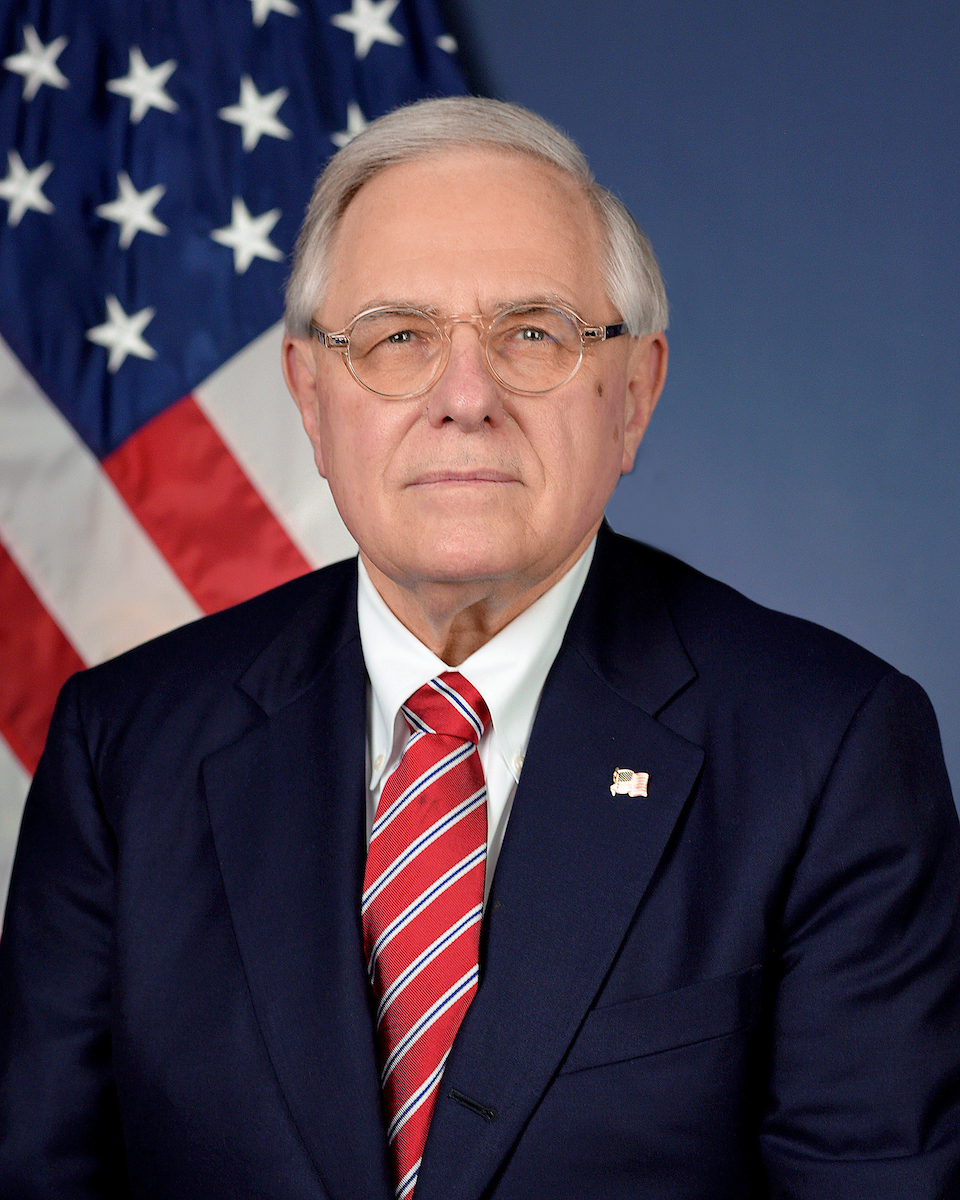

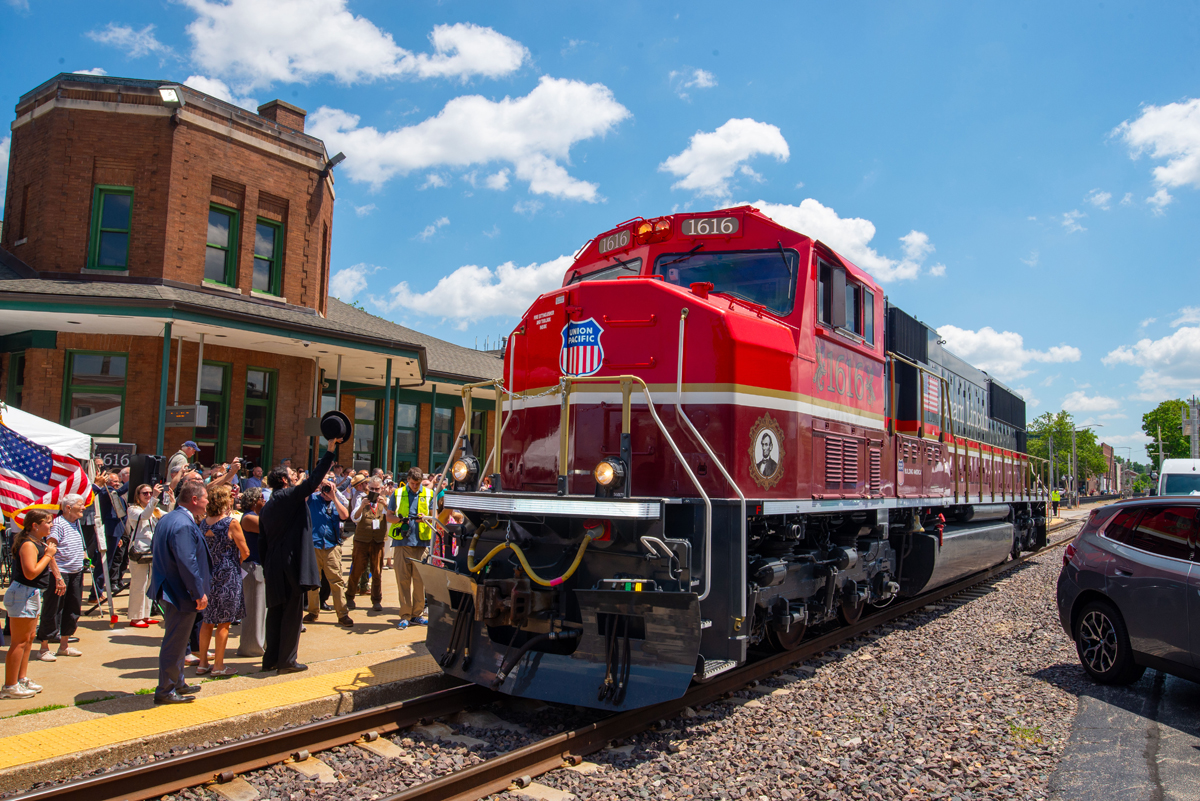
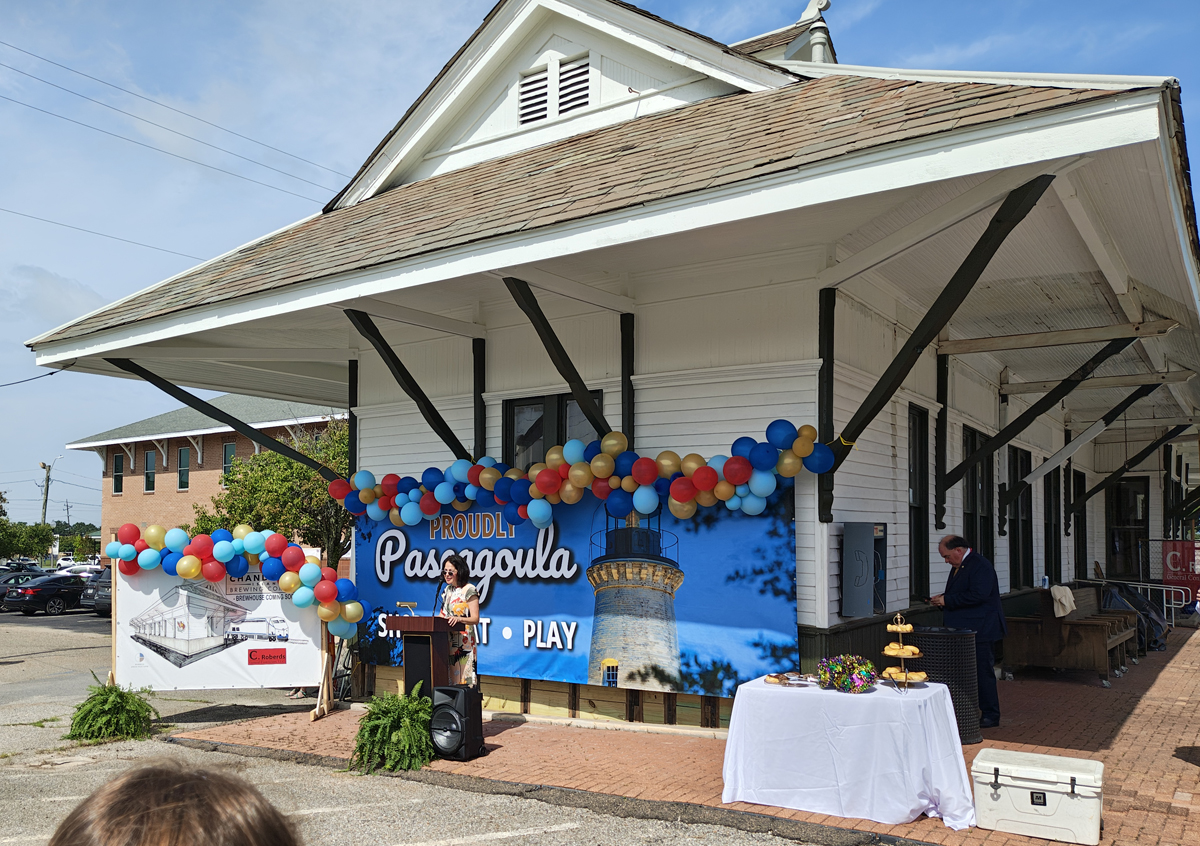
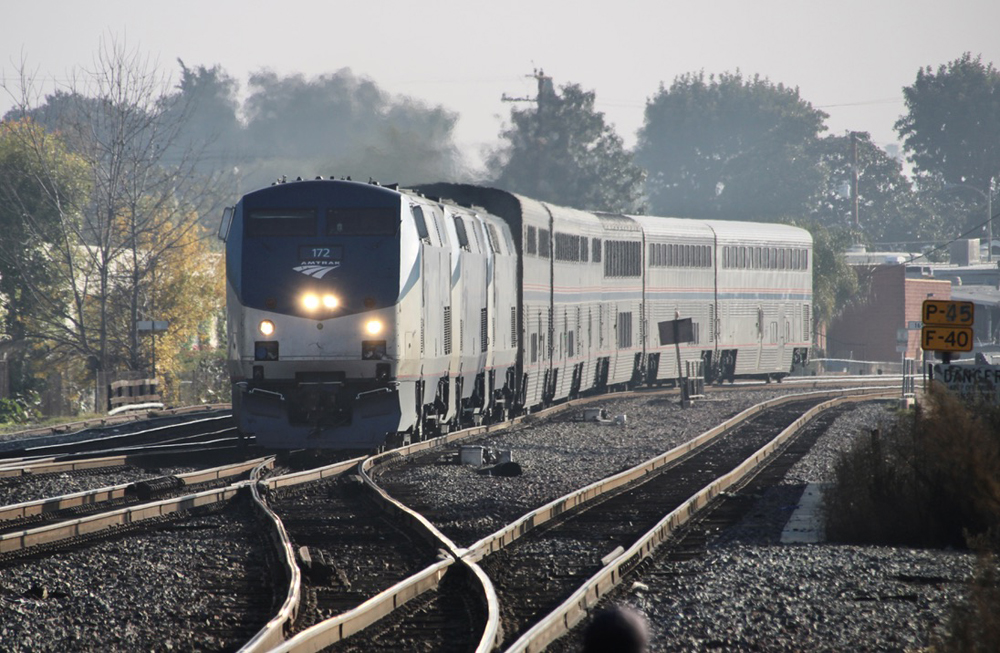
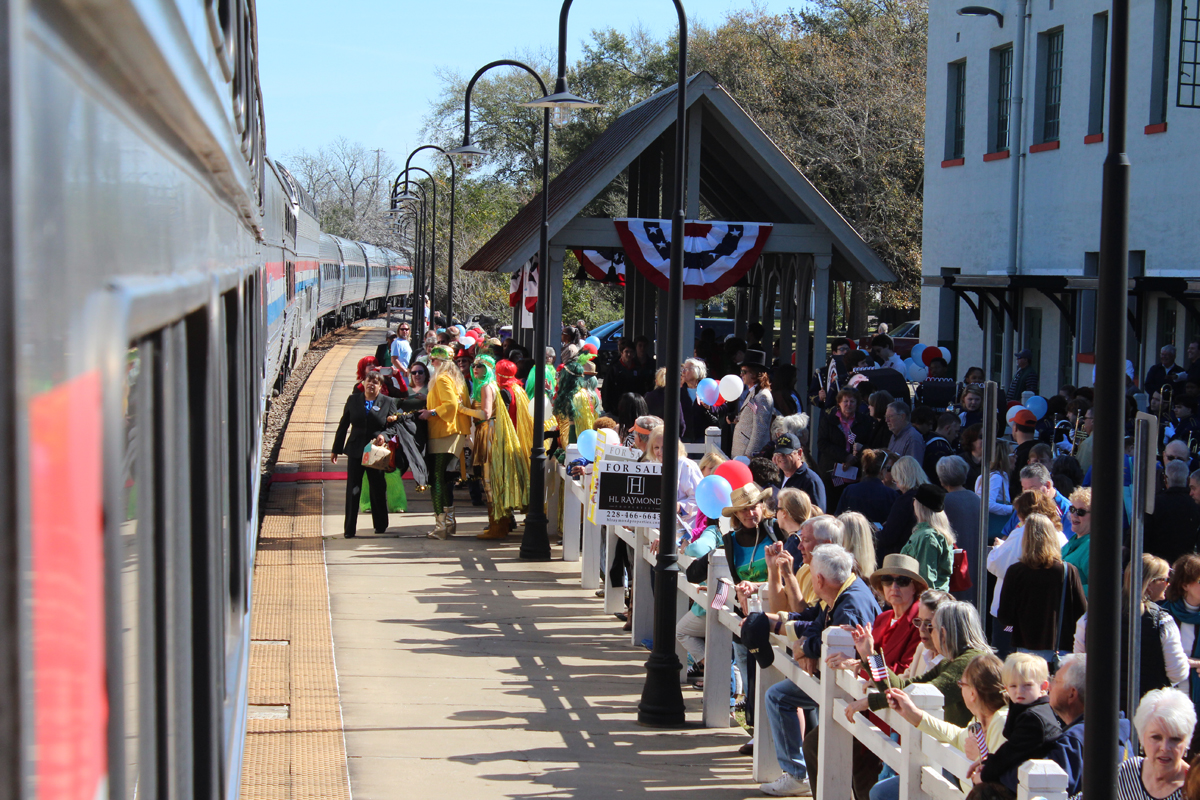




ANTHONY – Several PTC systems because PTC is overlaid over various earlier signal protocols and earlier train control architecture.
All tech is that way. It takes time – generations – for the less dominant systems to be obsoleted and the better systems to take over. In the interim there is a sunk investment in the competing protocols and a reluctance to pay the cost of conversion. To say nothing of the difficulty and the possibility of error and lost data.
One PTC system would have been far easier, why so many?